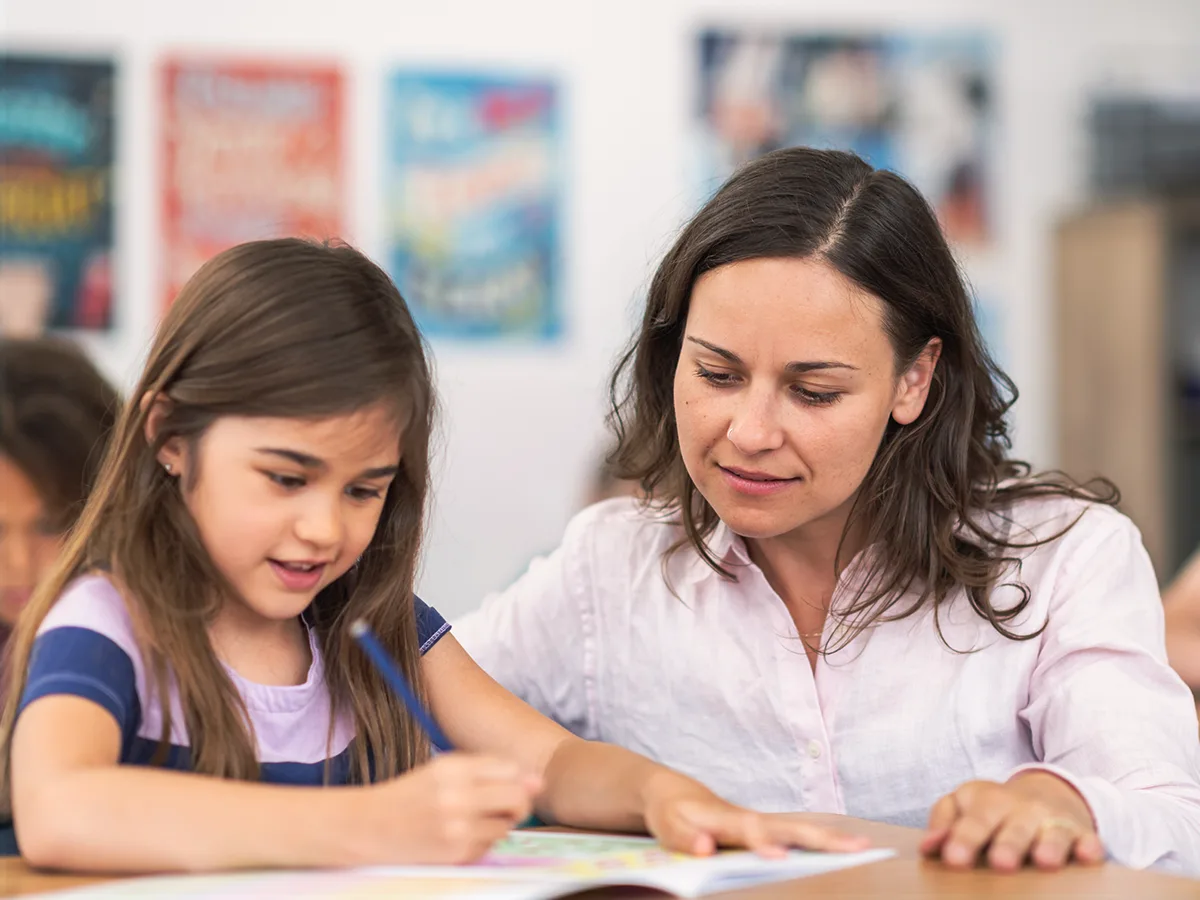Setting annual IEP goals: What you need to know
Expert reviewed by Melody Musgrove, EdD

At a glance
Your child’s IEP goals should be reviewed and updated annually.
These goals should focus on helping your child succeed in school subjects and with everyday life skills like socializing.
Once new IEP goals are set, the IEP team decides what supports and services will help your child reach those goals.
The whole point of having an IEP is to help your child reach state grade-level standards. To do that, the IEP team will set annual goals and measure improvement against those goals.
At each yearly IEP meeting, the IEP team reviews your child’s progress toward annual goals. In some cases, those goals may not have been met and will need to stay the same for another year. But if your child has met them or the team thinks that they need to be changed, you’ll work to develop new goals for the coming year.
Setting annual goals takes more than just knowing where your child’s skills are now. It also means knowing what skills need work to make progress toward grade-level standards. As an equal member of the IEP team, it’s important for you to understand and be involved in the process of setting goals.
Here’s how to set annual goals that are effective and appropriate for your child.
IEP goals are set using present level of performance
Your child’s present level of performance (PLOP) is key in setting annual goals. (You may also hear this referred to as a PLAAFP, PLP or PLEP.) The PLOP describes how your child is doing now. It looks at current skills and specific areas of weakness — not just in academic subjects, but in other areas, too, such as motor and social skills.
Your child’s PLOP helps map a plan of what needs to happen to get those skills from where they are now to grade level.
Information is gathered from many sources. This can include your child’s most recent evaluation, standardized testing, work samples and progress monitoring, as well as reports from you and teachers.
For example, the information may show that your child, Heather, has trouble decoding two-syllable words. But she can decode one-syllable words well. Her annual IEP goal might read as follows:
Heather is currently able to decode one-syllable words. When given a list of regular two-syllable words, she will use her prior knowledge of decoding one-syllable words and skills gained through explicit instruction to correctly decode 15 out of 20 words in two-syllable word reading activities.
The value of strengths-based, SMART IEP goals
Aligning goals to PLOP is just one part of a standards-based IEP. Ideally, your child’s IEP should also be strengths-based. Weaving strengths into IEP goals can help you follow your child’s progress, and it can help your child see how to make progress by taking into account what she’s good at.
One way of doing this is to include a strength assessment as part of determining PLOP. This provides information about your child’s abilities — for both the IEP team and your child. There may be areas where your child excels at home or in other environments that could be used to help in school. And there may be areas of strength that your child hasn’t even discovered yet.
Those insights can be used to make SMART goals stronger. (If your child has recently had a full evaluation, the report should include strengths as well as weaknesses.)
SMART is short for Specific, Measurable, Attainable, Results-oriented and Time-bound. Here’s what that means:
Specific: Each goal is specific in naming the skill or subject area and the targeted goal.
Measurable: The goal is stated in a way that your child’s progress can be measured by standardized tests, or screening.
Attainable: The goal represents progress that is realistic for your child.
Results-oriented: The goal clearly lays out what your child will do to accomplish it.
Time-bound: The goal includes a time frame in which your child will achieve it, with the right supports and services. It also states when and how often progress will be measured.
What does this look like in practice? A SMART, strengths-based annual goal might say:
Given fourth-grade level reading material on nonfiction topics, Heather will deploy her love of learning and her interest in science and history to write three details from the passage in her own words with 85% accuracy on three out of four consecutive assignments.
This is much more useful than a vague goal such as: Heather will improve her reading skills.
How to monitor progress moving forward
Keep in mind, you don’t have to wait until the yearly IEP meeting to see how your child is progressing toward IEP goals.
Your school should provide progress reports during the year — at least as often as when report cards are issued. Ask the IEP team when you can expect to receive those updates on your child’s progress.
You can also track progress on your own. Download an IEP Goal Tracker form to stay on top of your child’s goals and keep track of progress. View a sample IEP to see how your child’s goals fit into the overall document. And don’t hesitate to check in with your child’s teachers or IEP case manager if you have questions.
Key takeaways
Your child’s annual IEP goals should address the skills that need support due to learning and thinking differences.
Effective IEP goals are strengths-based and SMART: specific, measurable, attainable, results-oriented, and time-bound.
You can track your child’s progress toward IEP goals throughout the year to stay informed.
